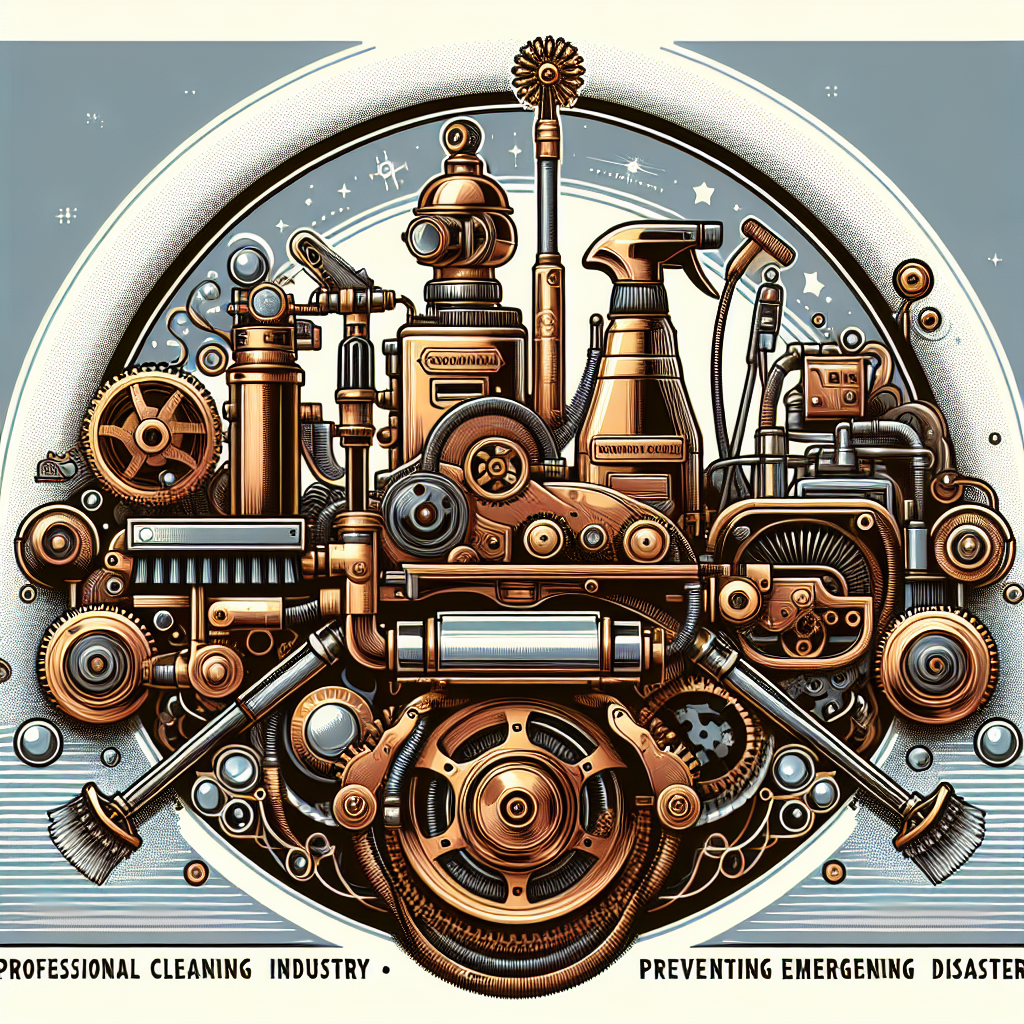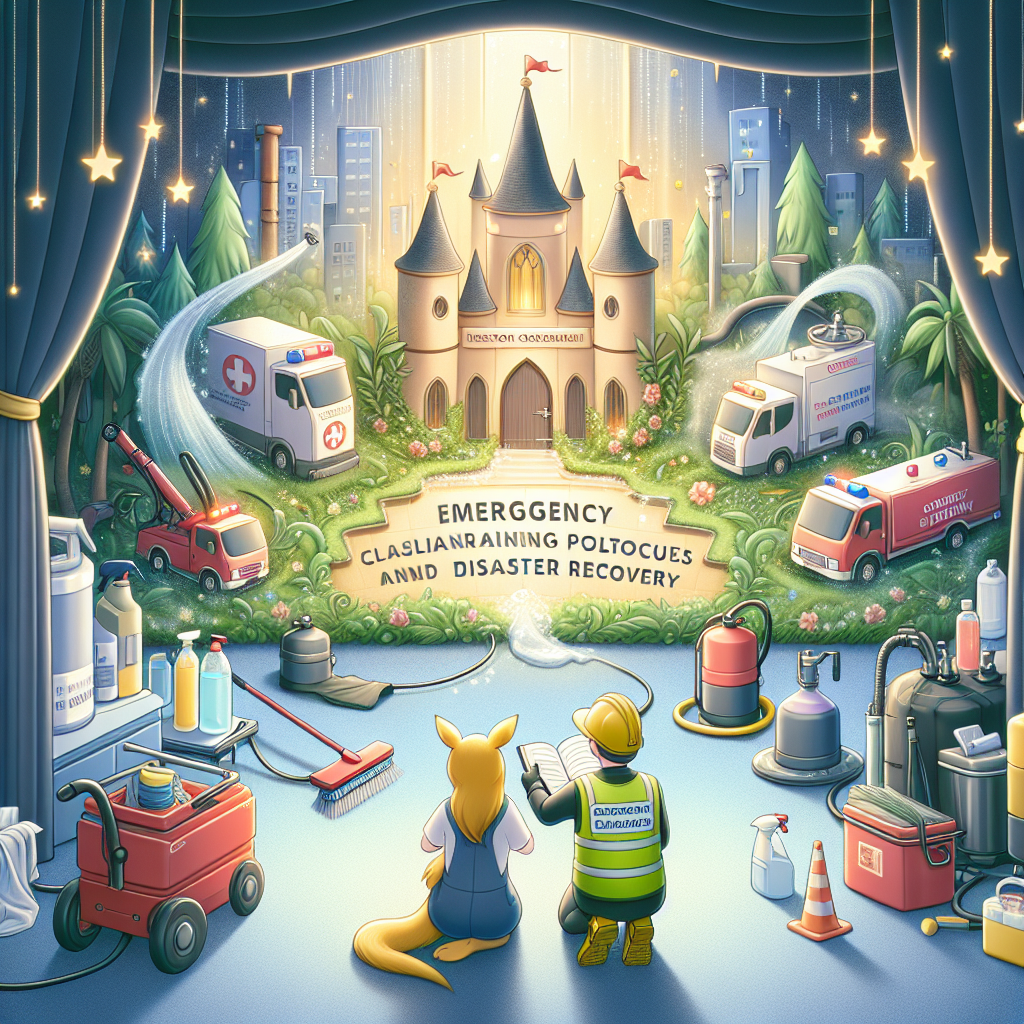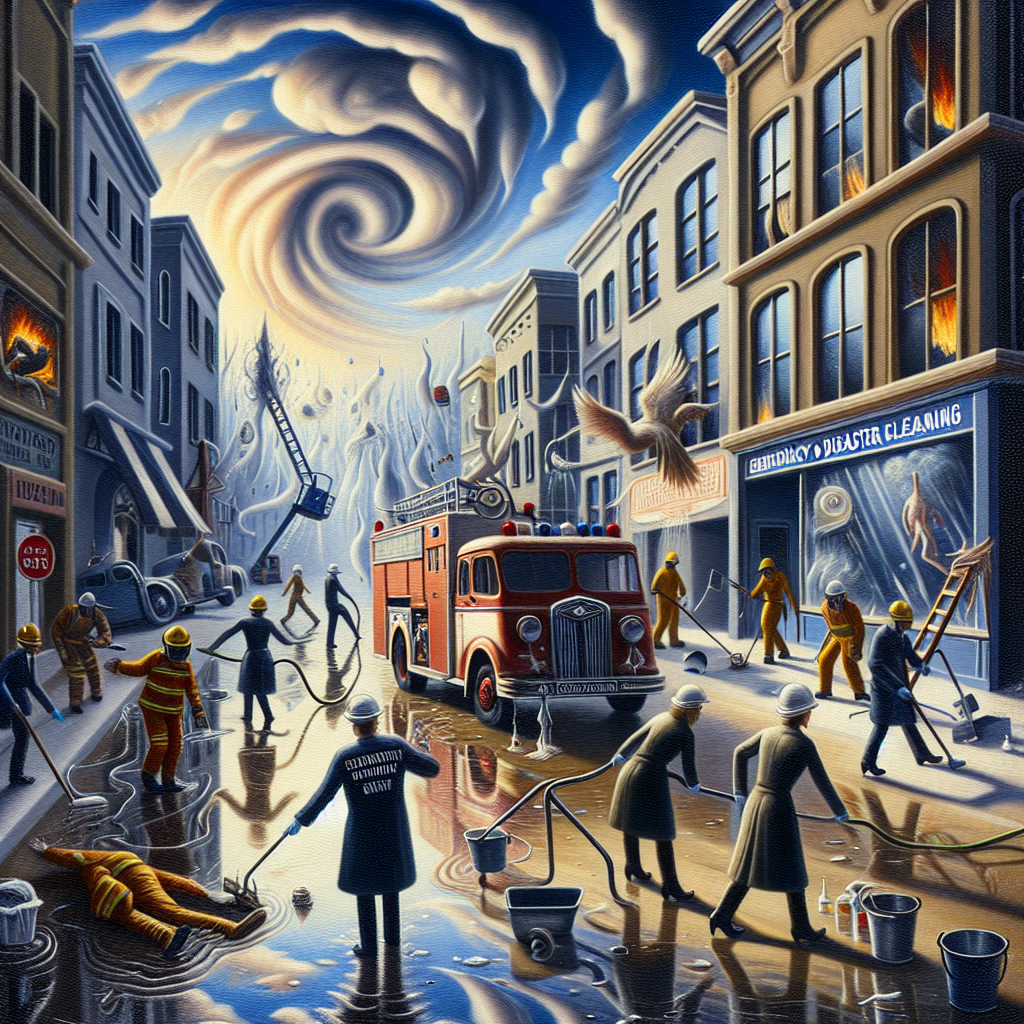Emergency cleaning disasters can strike at any moment, posing significant challenges for industrial cleaning specialists and facility professionals. Being prepared and having a proactive approach can make a world of difference in mitigating the impact of such emergencies.
Assessment and Planning
Regularly assess your facility's high-risk areas to identify potential emergency cleaning situations before they escalate. Create a comprehensive emergency cleaning plan that outlines specific protocols for various scenarios.
- Train your cleaning team on emergency response procedures and ensure they are familiar with the location of emergency cleaning supplies.
- Establish clear communication channels to enable swift coordination during emergencies.
- Regularly review and update your emergency cleaning plan to adapt to changing circumstances and new risks.
Emergency Cleaning Supplies and Equipment
Stock up on essential emergency cleaning supplies such as absorbent pads, spill kits, disinfectants, gloves, and protective gear to handle a wide range of cleaning emergencies.
- Ensure that all emergency cleaning supplies are easily accessible and regularly checked for expiration dates.
- Invest in high-quality cleaning equipment such as wet vacuums, industrial-strength cleaners, and air purifiers to effectively tackle emergency cleaning tasks.
- Train your team on the proper use of emergency cleaning supplies and equipment to maximize efficiency and safety.
Rapid Response Protocols
Develop clear and concise rapid response protocols that outline the immediate steps to take when faced with an emergency cleaning situation.
"In the event of an emergency, quick and decisive action is crucial to prevent further damage and ensure the safety of all individuals involved." - Emergency Cleaning Expert
- Designate specific roles and responsibilities within your cleaning team to streamline the response process and avoid confusion.
- Establish priority areas for cleaning based on the level of risk and potential impact on the facility's operations.
- Practice emergency drills regularly to ensure that your team is well-prepared to execute the rapid response protocols effectively.
Effective communication and swift action are the cornerstones of successful emergency cleaning response. Prioritize clarity and efficiency in your team's response efforts to minimize downtime and restore normal operations quickly.
Post-Emergency Assessment and Improvement
After resolving an emergency cleaning situation, conduct a thorough post-emergency assessment to identify areas for improvement and implement preventive measures to reduce the likelihood of future incidents.
- Document lessons learned from the emergency cleaning response to enhance future preparedness and response capabilities.
- Engage with key stakeholders to gather feedback on the effectiveness of the emergency response and identify opportunities for refinement.
- Implement corrective actions based on the post-emergency assessment findings to strengthen your facility's resilience to cleaning emergencies.
Continuous Training and Evaluation
Invest in ongoing training and skills development for your cleaning team to ensure they are well-equipped to handle a diverse range of emergency cleaning scenarios effectively.
- Conduct regular drills and simulations to test your team's response capabilities and identify areas for improvement.
- Encourage a culture of continuous improvement and innovation within your cleaning team to foster proactive problem-solving and adaptability in emergency situations.
- Regularly evaluate the effectiveness of your emergency cleaning protocols and make adjustments as needed to enhance overall response efficiency.
Being proactive and well-prepared is key to preventing emergency cleaning disasters. By implementing robust emergency cleaning protocols, investing in training and equipment, and fostering a culture of continuous improvement, you can effectively mitigate the impact of cleaning emergencies and safeguard the operational continuity of your facility.



